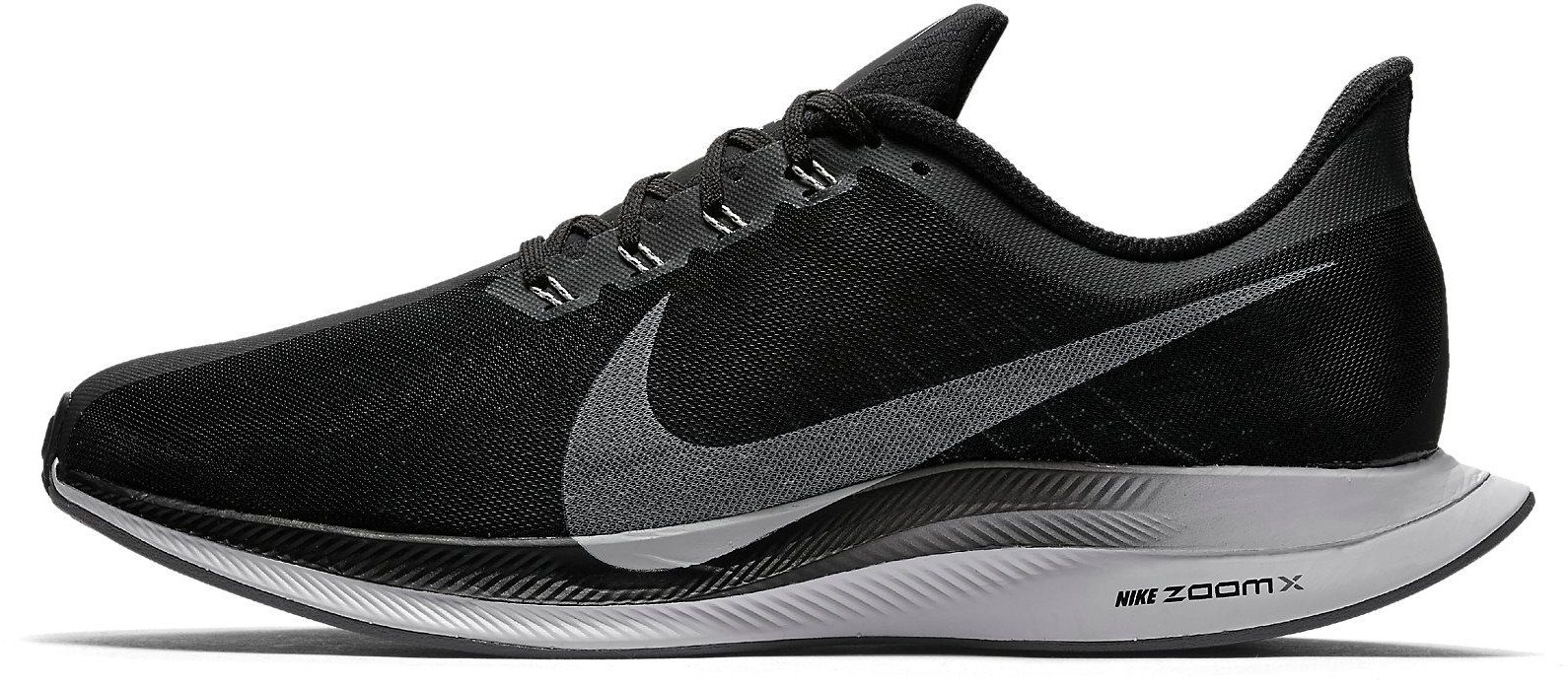

The forefoot is wide and roomy, and the mesh upper is exceptionally flexible and deconstructed-there are no overlays to hold you in place. Across the board, we all went down a half-size from what we typically wear in Nikes. First, and most notable, is that the shoe runs a bit loose. A Racy UpperĬlad in a translucent mesh, the upper on the Peg Turbo received mixed reviews from our test staff. Our test team reports that the sole delivered reliable grip on dry, paved roads. And since ZoomX foam by itself wears quickly, especially when it grinds against pavement, Nike added a thin layer of React foam to the bottom to help with durability (it also stabilizes the ZoomX foam in the midsole). Together, it’s enough to provide durability where you need it most. Nike used a grid of pentagon-shaped nubs in the heel and forefoot, combined with a rim of rubber around the entire perimeter of the sole. The outsole is designed to give you traction at speed, but limits the use of rubber so you won’t be slowed. This year, I wore the Peg Turbo for the descent, too, finding it adequately soft for such a punishing plunge-and my legs were no worse for the wear in the following days than in previous years. When I reach the summit finish line, however, I change shoes, opting for something squishy soft like a Hoka One One for the long jog back downhill. This shoe delivered, with enough pop to power uphill. For such a climb, you want a firm forefoot that doesn’t waste energy on toe off. Washington Road Race, a 7.5-mile run that ascends 4,600 feet to the mountain’s summit. In our real-world testing of the shoe, we found the Peg Turbo is exceptionally versatile. In the case of the Peg Turbo, that’s very thick for a go-fast shoe. The stack heights (a measure of all materials that separate your foot from the road) for both versions of the Pegasus are nearly identical.
Nike zoom pegasus 35 turbo avis uomo xs full#
(Our measurements come from an impact test of a full sole unit, which includes rubber outsoles and layers of glue.)īecause of the foam’s light weight, Nike is able to use more of it, too. The Peg Turbo measured 69 percent energy return in our lab. In tests of running-shoe cushioning systems at the Runner’s World Shoe Lab, we typically see “energy return” (the percentage of energy input that is recovered the rest is generally lost as heat) in the 40 to 60 percent range, with Adidas’s Boost topping the charts near 70 percent. It also delivers greater energy return-Nike reports ZoomX returns 85 percent. Nike says this new foam weighs roughly one-third as much as Cushlon-the midsole material you’ll find in the ordinary Pegasus-yet delivers more cushioning than that shoe. Those properties remain when it’s blown into a foam. Pebax has a lower density than some thermoplastic alternatives (thus, it’s lighter), but is also flexible, resists impact, and returns energy. For example, Mizuno has used it in a Wave plate. The foam is made from Pebax, which is more typically used for plastic bridges and other molded parts in shoes. ZoomX, by comparison, is still highly compressible under your weight (giving you the soft landing), but it rebounds quickly to propel you forward. But typically, feathery EVA midsoles compress easily and are slow to recover their shape. Lightweight foams are nothing new, of course. The key to the Peg Turbo, as noted earlier, is the lightweight foam in the midsole. “You really do feel that extra bounce in your step, and it makes you want to go a little faster.” The Magic of the Midsole “One of the best shoes with special cushioning that I’ve run in,” said another tester. So you’re assured a protective, well-cushioned ride over long runs but will still have bounce to your step so you can motor along more quickly when the mood strikes. It’s also exceptionally soft, especially in the heel. “Much like that shoe, I found myself running 30 to 45 seconds faster per mile on a training run without even realizing it.”īut, the Peg Turbo isn’t just fast. “This shoe is fast-like Reebok FloatRide Run Fast kind of fast,” gushed one tester.


 0 kommentar(er)
0 kommentar(er)
